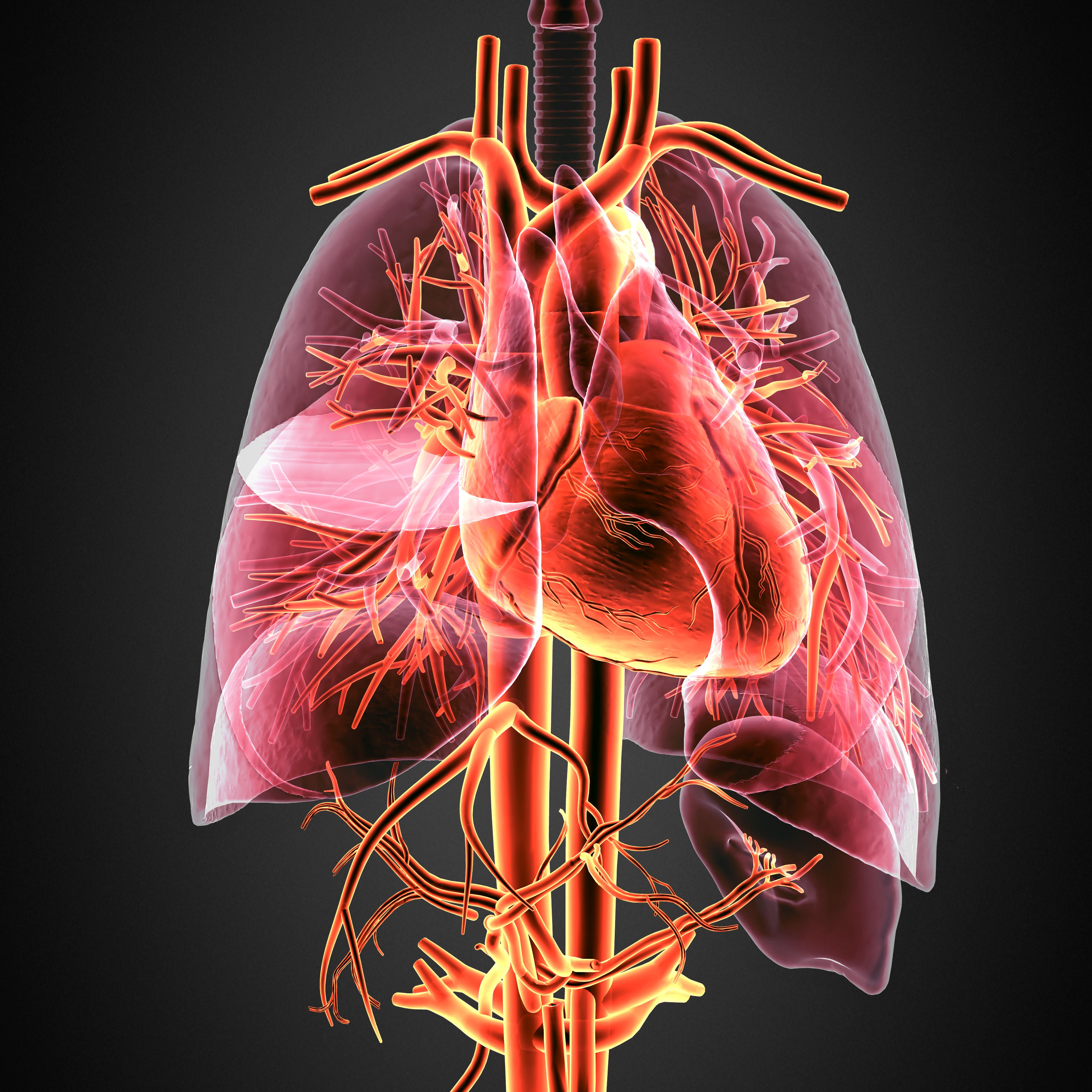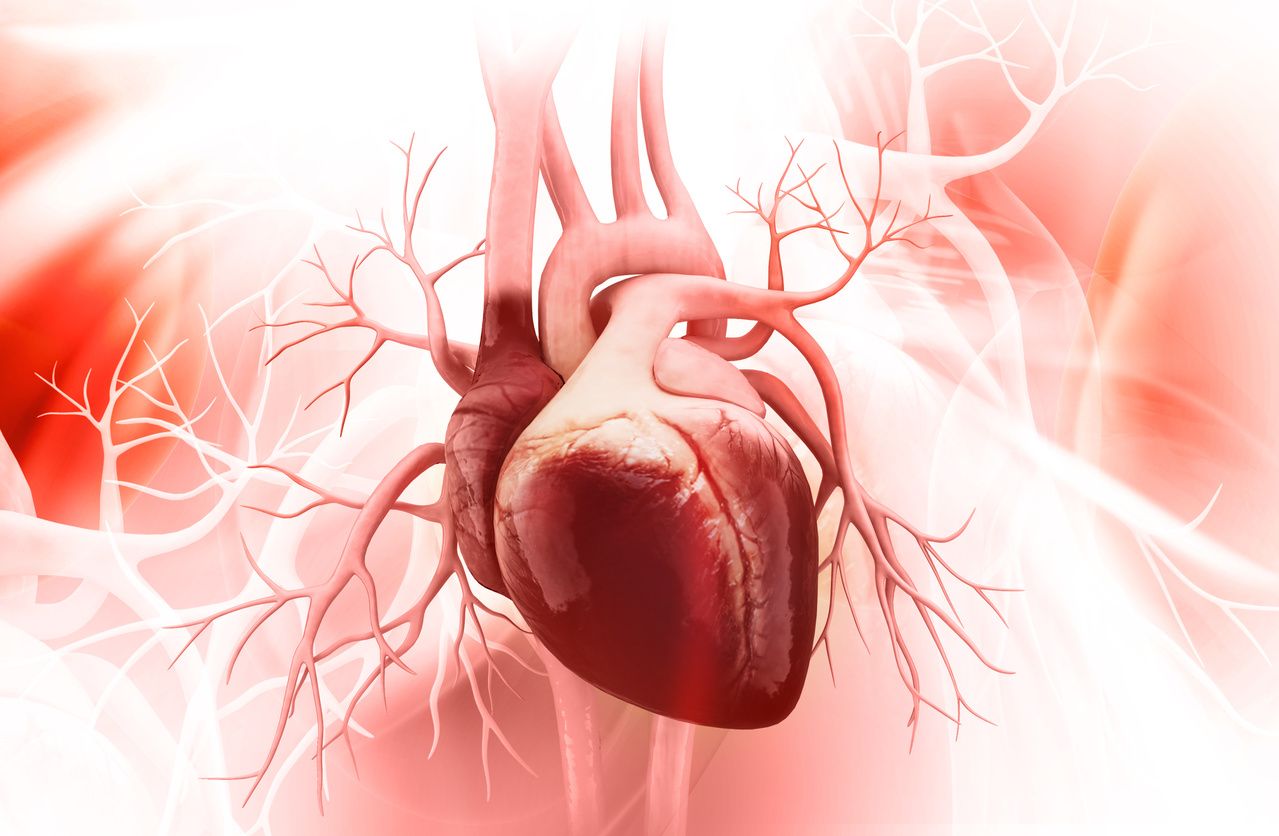Article
Patients With Acute Hepatic Porphyria at Higher Risk of Accessing Long-term Sick Leave, Disability Pension
Author(s):
Patients with symptomatic acute hepatic porphyria were found to be at greater risk of accessing long-term sick leave and disability pension compared with the general population, but were not shown to be at an increased overall risk of premature death.
Patients with symptomatic acute hepatic porphyria (AHP) were found to be at greater risk of accessing long-term sick leave and disability pension compared with the general population, but were not shown to be at an increased overall risk of premature death, according to study findings published in Orphanet Journal of Rare Diseases.
Consisting of 3 rare metabolic disorders that affect the biosynthesis of the heme, which helps to bind oxygen in the blood, autosomal dominant AHP refers to acute intermittent porphyria (AIP), variegate porphyria (VP), and hereditary coproporphyria (HCP). As researchers highlighted, all disorders can present in the form of acute neurovisceral attacks that can cause neuropathic pain, muscular pain, and psychiatric symptoms.
Moreover, patients with more severe recurrent acute attacks have been found to report debilitating chronic symptoms between attacks that have coincided with high levels of unemployment.
Using data from the Norwegian Porphyria Centre from 1992 to 2017, researchers examined whether unemployment outcomes, namely rates of accessing long-term sick leave and disability pension, would be greater among patients with AHP (N = 333; AIP, n = 292; VP, n = 32; HCP, n = 9) compared with the general population (N = 5,829,937), adjusting for age, sex, and socioeconomic factors.
They additionally assessed if there were any differences in risk between symptomatic and asymptomatic AHP gene mutation carriers and if patients were at an increased risk of premature death, as long-term complications of AHP, particularly AIP, have been associated with life-threatening diseases such as hypertension and hepatocellular carcinoma (HCC).
Patients with AHP were classified into 4 subgroups:
- hospitalized AHP, including patients who reported having been hospitalized at least once due to an acute attack;
- non-hospitalized AHP, including patients who reported having had symptoms of porphyria but never having been hospitalized for an acute attack;
- asymptomatic AHP gene mutation carriers, including patients who reported never having had symptoms of porphyria; and
- unclassified, including patients with a confirmed AHP diagnosis but who had not participated in the Norwegian Porphyria Registry and had not answered clinically relevant questions.
In their findings, patients with AHP exhibited higher risks of accessing long-term sick leave (adjusted hazard ratio [aHR], 1.5; 95% CI, 1.3-1.7) than the general population, with the highest risk observed among patients in the hospitalized AHP group (aHR, 2.1; 95% CI, 1.5-3.0).
Additionally, patients with AHP were shown to be at a risk of accessing disability pension 1.9 times (95% CI, 1.5-2.4) that of the general population. Patients of the hospitalized group were again shown to be at highest risk (aHR, 4.0; 95% CI, 2.6-6.3) and were, on average, 21 years younger than the general population when accessing disability pension. Notably, high proportions of hospitalized and nonhospitalized patients were female.
No differences in risk of accessing long-term sick leave or disability pension were observed between patients with asymptomatic AHP and the general population.
Although patients with AHP exhibited a 1.3-fold (95% CI, 1.0-1.8) increased risk of premature death compared with the general population, subgroup analyses indicated that this risk was only increased in unclassified subjects (aHR, 3.2; 95% CI, 2.1-4.4) and not in hospitalized patients (aHR, 1.0; 95% CI, 0.5-2.5). Furthermore, AHP was associated with an increased risk of mortality due to HCC (adjusted mortality rate ratio, 84.4; 95% CI, 37.8-188.2).
“We demonstrated in a large population-based cohort study that persons with symptomatic AHP were at increased risk of accessing long-term sick leave and disability pension due to their porphyria,” noted the study authors. “This risk increased with AHP severity, with persons hospitalized at least once for an acute attack having the highest risk and asymptomatic gene mutation carriers having no additional risk.”
Reference
Baravelli CM, Aarsand AK, Sandberg S, Tollånes MC. Sick leave, disability, and mortality in acute hepatic porphyria: a nationwide cohort study. Orphanet J Rare Dis. Published online February 21, 2020. doi:10.1186/s13023-019-1273-4





